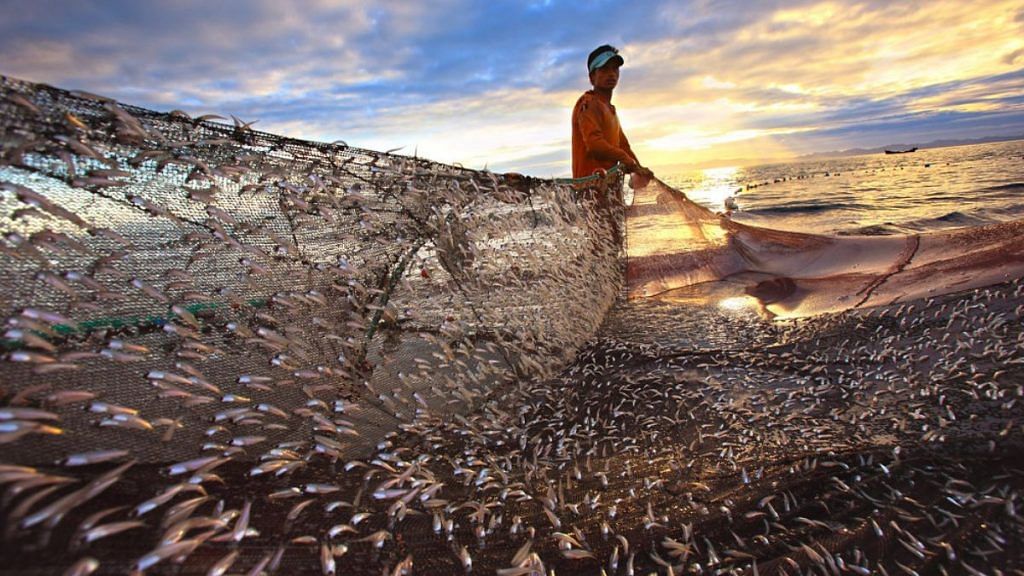The world needs more food, but it must be produced sustainably. Currently only around 7% percent of the protein consumed by humans comes from “blue food”, or food from aquatic sources. Given global population growth and the potential to produce food more sustainably in the ocean than on land, this must change. According to the Intergovernmental Panel on Climate Change, land-based food systems account for up to 37% of all man made green house gas emissions – and much of the food produced on land is wasted.
We need to highlight and address this appalling loss of nutrition and resources. That’s why today, September 29, has been designated by the UN as the International Day of Awareness on Food Loss and Waste Reduction. However, seafood is often left out of the discussion around food waste.
Global aquaculture (seafood farming) has been the fastest growing food production sector since 2010, with an annual growth of more than 5 percent. Aquaculture is the part of the seafood industry that has the potential to grow sustainably, as it produces highly nutritious food, with flexibility and low emissions. Aquaculture must play an important global role in feeding the world, but aquaculture feed – especially fish oil and fishmeal – is often seen as a limiting factor. Finding a way to sustainably meet the rapidly growing demand for aquaculture feed will be key to unlocking the full potential of the aquaculture sector, as well as preventing overexploitation of fish stock and illegal fishing.
Marine ingredients remain a critical part of the feed ingredients portfolio – although new ingredients such as microalgae are on the rise. According to the UN’s Food and Agriculture Organization (FAO), one third of the world’s wild fish stocks are overexploited. The greatest opportunity to increase the amount of seafood available is to cut waste by making better use of the by-products from processing seafood.
The FAO has made clear that the blue food system must be circular, and fish waste must not be thrown away, but instead should be captured and repurposed to ensure no nutrition is lost to the global food system. Fish destined for direct human consumption is often processed in order to make the eating experience easier and quicker for consumers, which is part of the reason that up to 35% of fish caught is wasted. By-products include fish heads, viscera, blood and skin, raw material that represents between 30 and 70% of the wet weight of the fish, depending on the species. This is valuable raw material from which fishmeal and fish oil may be produced.
These by-products are increasingly used as raw material to produce marine feed. Thirty percent of the global production of fishmeal, and 51% of fish oil, is made from by-products. Even so, wastage is still far too great. At the Marine Ingredients Association (IFFO), we commissioned a 2016 report from the University of Stirling, which estimated that globally 12 million tonnes of by-product produced in processing plants is not collected for the production of marine ingredients. Asia is the area with the most potential for using these by-products, although other regions such as Europe and Latin America are also believed to have a large unutilised tonnage of offcuts.
The global seafood sector must move toward 100% accountability for every part of the seafood we produce, through wild capture or aquaculture. In time, we should aim to use 100% of the fish we catch, creating a truly circular economy.
